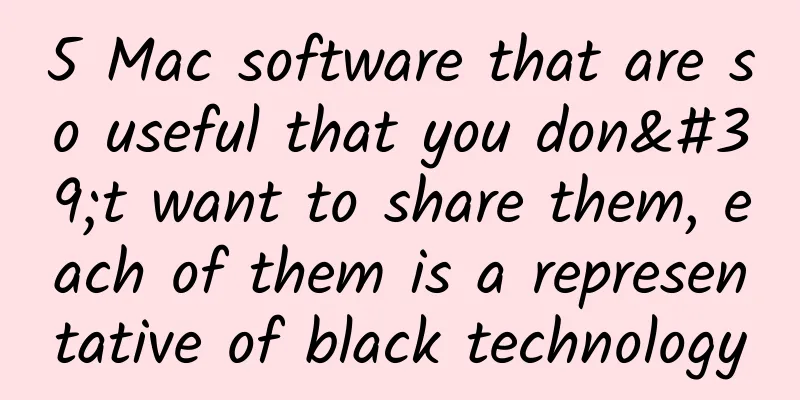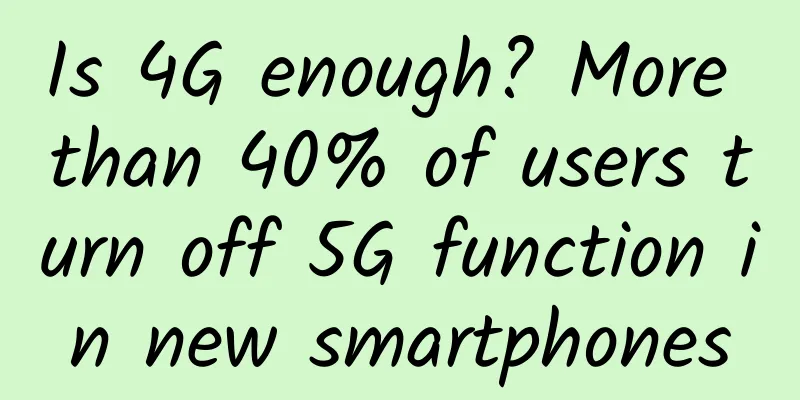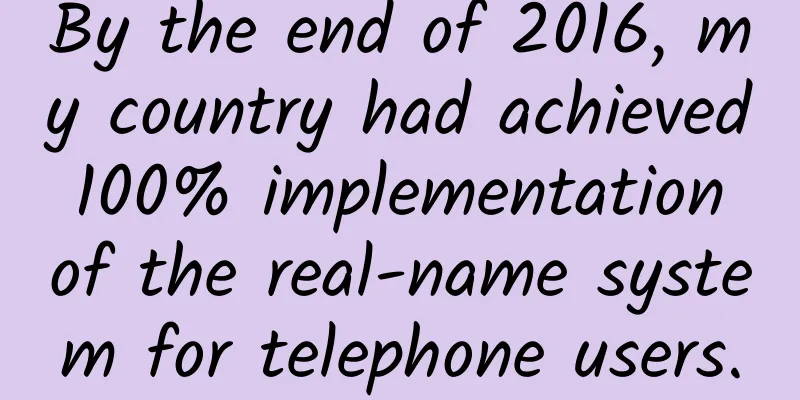5G lacks "soul"? Advanced technology is coming

|
Judging from the current situation, 5.5G technology is still based on the original theoretical foundation of 5G, but the direction of technological upgrade is to develop the original 5G basic scenarios to a deeper dimension, making these scenarios more "soulful".
Why is it so hard to find a “classic” in 5G scenarios?my country has built the world's largest 5G network, and the number of connected everything around us is increasing. However, from the 5G scenes we actually experience, although it is very exciting, it always seems to be missing something. What's going on?
The real reason why users are not enthusiastic about using 5G is that the current 5G scenarios still lack "soul" and "smarter" scenarios. Therefore, it is imperative to extend 5.5G scenario technology to intelligent service capabilities. As Academician Zhang Ping said, we need to focus on the expansion of the industry. 5.5G technology brings the era of "intelligent connection" of all thingsAt the 46th meeting of the International Telecommunication Standards Organization 3GPP in April this year, 5G evolution technology was officially determined to be 5G-Advanced. In the industry, 5G-Advanced is also called 5.5G. According to the globally recognized 5G technology standards, the current 5G targets the three standard scenarios defined by the ITU, and only supports the initial Internet of Everything. The recently proposed 5.5G technology solves the above problems and will give the scenarios more "soul". Academician Zhang Ping pointed out that as 5G evolves to 5.5G, in addition to the original triangular capabilities of mobile bandwidth enhancement, ultra-reliable low latency, and massive machine-type communications, uplink ultra-wideband, broadband real-time interaction, and communication perception fusion capabilities have been added. Based on the original three standard scenarios of 5G, three new scenarios have been expanded - UCBC, RTBC, and HCS, turning the triangle defined by the 5G scenario into a hexagon of 5.5G, making everything truly "move". In other words, 5.5G technology will bring more "intelligence" to the scene, allowing everything to upgrade from "interconnection" to "smart connection". 5.5G supports intelligent connection security and helps energy savingTechnically, 5.5G is defined as enabling intelligent connected life. What changes can it really bring to our lives? To analyze it with the words of Wang Tao, Executive Director of Huawei and President of ICT Products and Solutions: First, 5.5G can more precisely meet the application scenarios of various Internet of Vehicles and Internet of Things, such as autonomous driving and low-altitude logistics drones, especially increase the safety factor of autonomous driving and make it commercially available. Second, 5.5G technology is also called green 5G. It can reduce energy consumption and improve 5G energy efficiency through intelligent energy-saving technology, new materials and new energy technology, and new network architecture, enabling all walks of life to achieve low-carbon energy conservation across the entire industry chain. This will help the country achieve the "dual carbon" goals of carbon peak and carbon neutrality, and help my country's energy conservation and environmental protection cause. |
<<: How to configure floating routing?
Recommend
A great tool for front-end engineers - Puppeteer
[[423414]] This article mainly talks about puppet...
80VPS: VPS annual payment starts from 199 yuan, US/Japan/Hong Kong/Korea dedicated server starts from 350 yuan/month
80VPS is a Chinese hosting company. The tribe has...
Various abnormal phenomena and analysis from TCP protocol to TCP communication (Part 1)
Many people always think that learning TCP/IP pro...
5G applications are gaining attention, adding new impetus to smart education!
Education is a national priority. my country has ...
In-depth analysis of the operation results of Go Channel in each state
Hello everyone, I am Fisherman. Channel is a uniq...
Moving forward amid challenges: A review of the top ten events in the 5G field in 2020
Time flies, and in the blink of an eye, 2020 has ...
HostXen offers 50 yuan for new users, starting from 70 yuan per month for 6G memory in the United States/Singapore/Japan/Hong Kong
HostXen is a domestic hosting merchant founded in...
2019 Global Trend Conference 5G Ecosystem Cooperation Forum 5G era brings infinite imagination to the future
From November 28th to 29th, the "2019 Global...
With the arrival of 5G, will you renew your home broadband?
Since the three major operators issued 5G commerc...
RackNerd Double 11 promotion, KVM annual payment starts from $9.98, 9 data centers including San Jose are available
RackNerd has released a number of promotional pac...
The operators’ 5G investment budget has been determined. From construction to application, what other challenges are there to overcome?
According to statistics from China News Service, ...
Viewpoint sharing: Why smart cities need powerful 5G networks?
While debate rages about when and how to restart ...
HostDare: 10% off on CN2 GIA VPS in Los Angeles, starting at $44.99 per year
HostDare launched a promotion for the CKVM series...
Sharktech: Los Angeles high-defense 1Gbps unlimited traffic server starting at $79/month, 10Gbps unlimited traffic starting at $379/month
Sharktech is a long-established hosting company f...
ZJI: Hong Kong Kwai Bay (CN2) special offer for dedicated servers starting from 450 yuan/month, 30% off for regular servers
ZJI released a promotional plan for February this...









